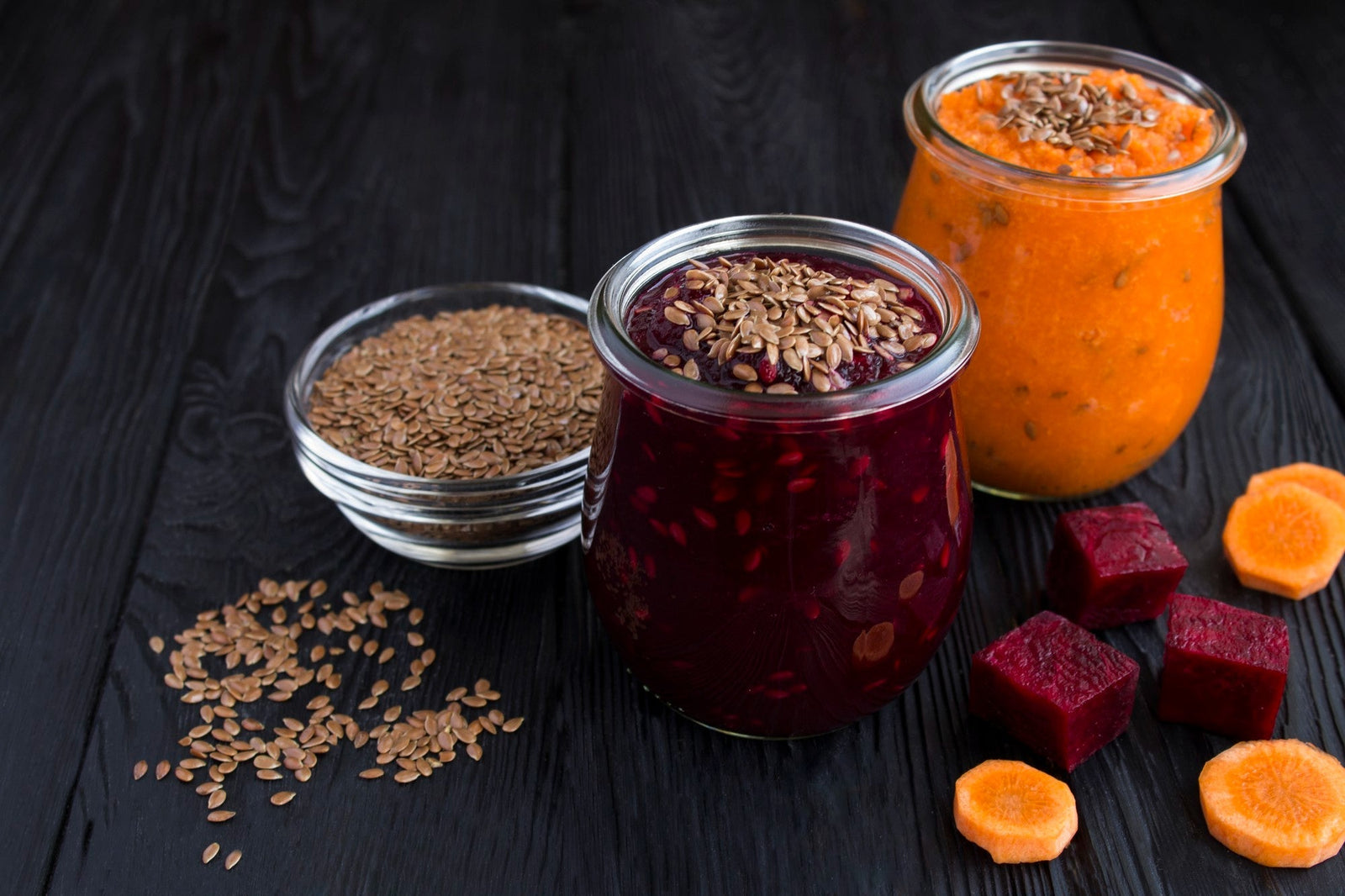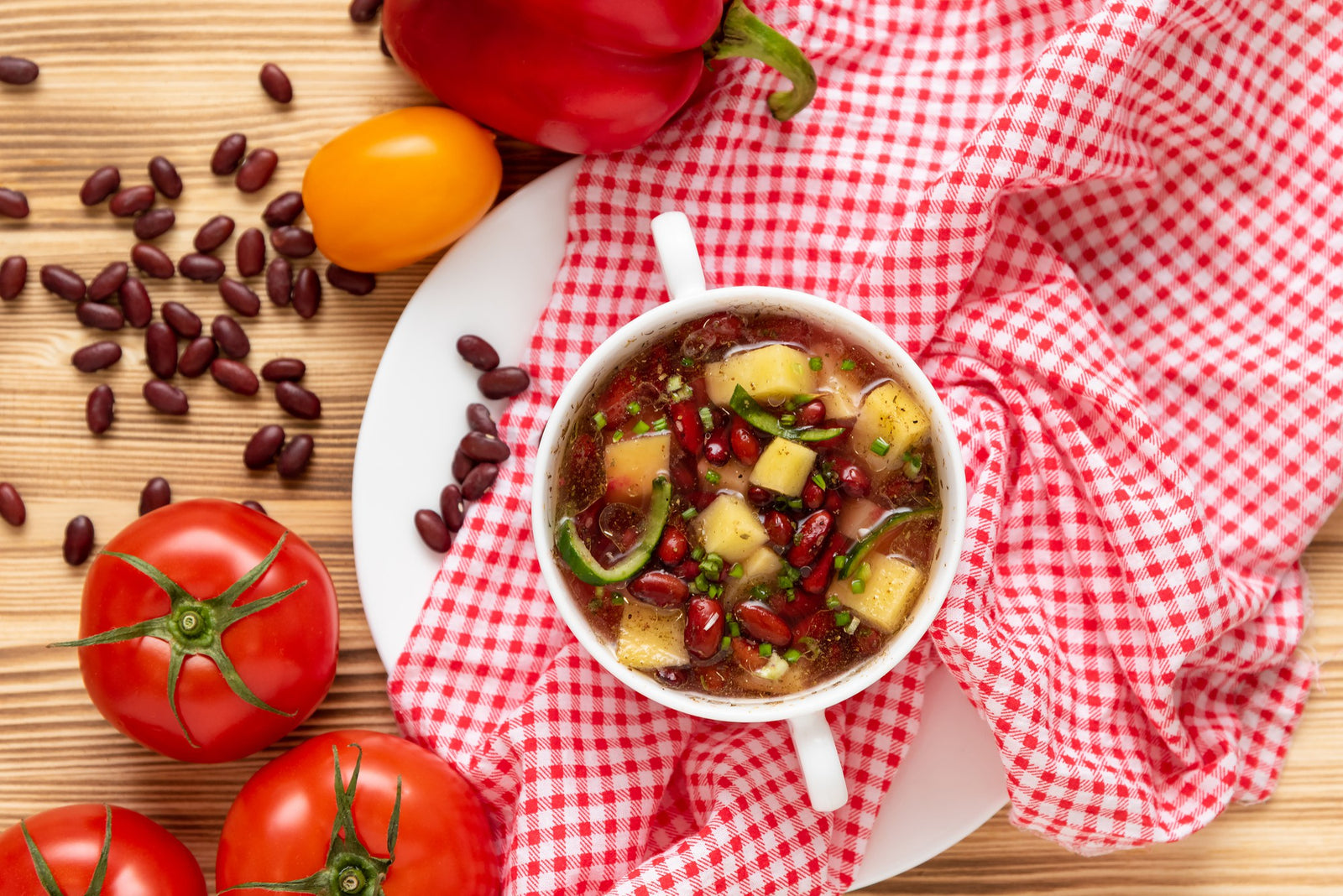
May 22, 2023 4 min read
Small red beans, also referred to as Mexican red beans or just red beans, have grown in appeal recently as more people become aware of their numerous health advantages and delectable flavor. In this piece, we'll look at small red beans' rising popularity and how they can be a nutritious and adaptable part of any diet.

Small scarlet beans have been a traditional food in Central and South America for countless years. They were one of the primary sources of protein in the diets of the Maya and Aztec civilizations after being domesticated. In the 16th century, Spanish explorers introduced small red beans to Europe. They eventually made their way to the United States, where they have since established themselves as a favorite ingredient in many classic Southern recipes.
A meal that is rich in nutrients and offers a variety of vitamins, minerals, and antioxidants is small red beans. The following are a few of the major nutritional advantages of tiny red beans:

There are many different methods to prepare small red beans, including boiling, pressure cooking, and slow cooking. Here is a straightforward method for preparing tiny red beans:
Ingredients:
Instructions:
Small red beans are a versatile food that can be used in a wide range of dishes, such as soups, sauces, salads, and more. Here are a few of the most well-known tiny red bean recipes from around the globe:
Small red beans are a nutritious and versatile ingredient that has gained popularity in recent years due to their many health benefits and delicious taste. They are a great provider of fiber, iron, potassium, plant-based protein, and antioxidants, making them a nourishing addition to any diet. Whether you prefer them in savory dishes like red beans and rice or sweet desserts like red bean paste, small red beans are a great way to add flavor and nutrition to your meals. So why not try incorporating them into your diet today?
❤ Try our USDA certified organic Organic Small Red Beans ❤
Related Blogs:
Comments will be approved before showing up.

January 27, 2025 3 min read
Flaxseed, the tiny yet powerful superfood, is packed with nutrients that can support weight loss. From curbing hunger to stabilizing blood sugar, this guide dives into the science of how flaxseed can help you shed those extra pounds.

December 11, 2024 3 min read
Discover three quick and easy soup recipes featuring organic small red beans. From a classic vegetable soup to a creamy potato blend, these wholesome recipes are perfect for chilly days and busy weeknights. Packed with flavor and nutrition, these soups will warm your heart and soul this winter!

December 06, 2024 3 min read
This vibrant and nutritious Green Lentil Salad combines tender lentils with grilled chicken, fresh vegetables, and a zesty lemon dressing. Packed with protein, fiber, and essential vitamins, it’s the perfect healthy meal for any time of day.
© 2026 Be Still Farms- Real, Fine Organics.
Privacy | Terms | Refund Policy | Organic Certification
